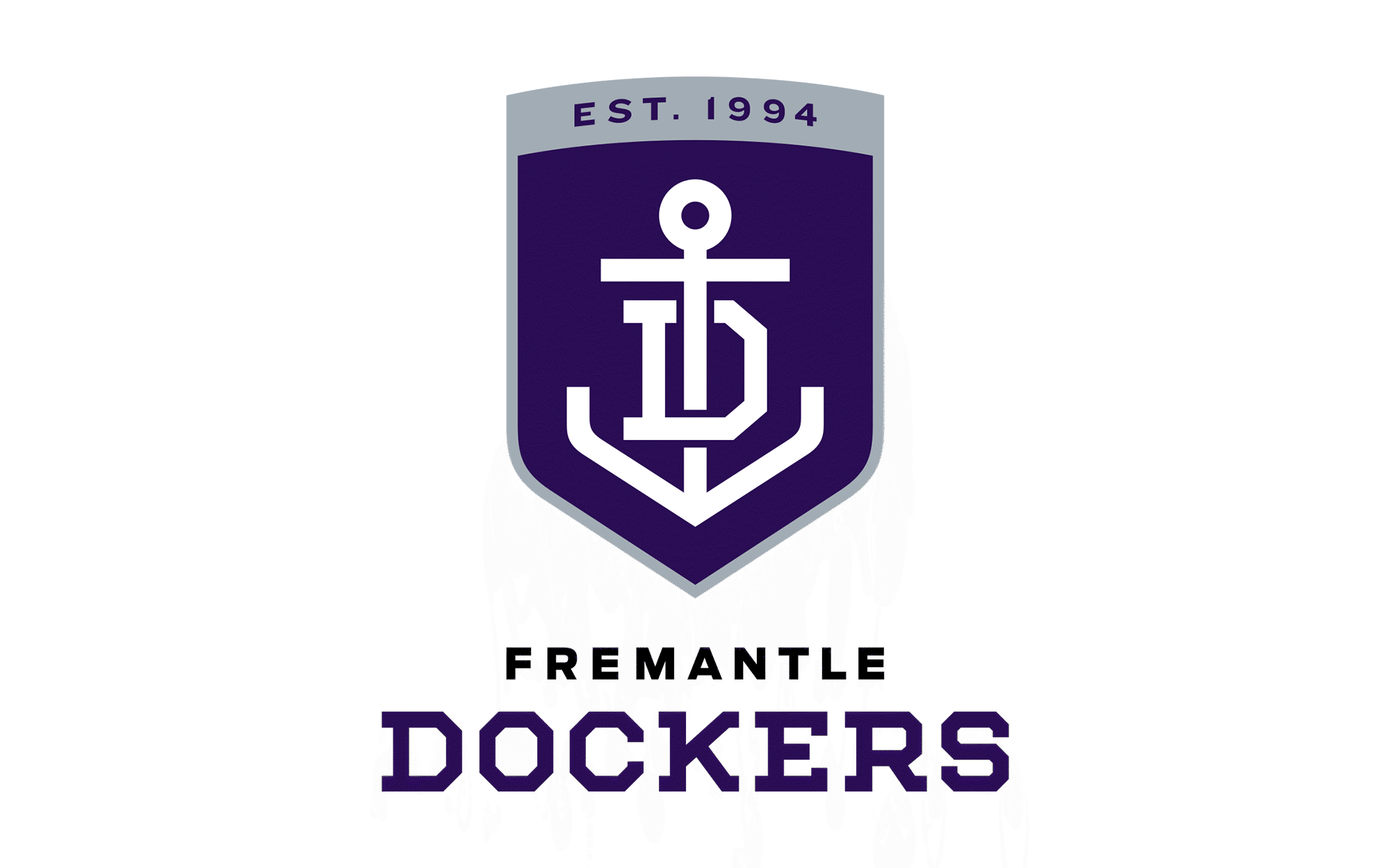Data, spectacle and storytelling at cycling's Tour de France.
For three weeks every summer, the Tour de France shows off a country and a sport at their most breathtaking and dramatic.
It is the absolute pinnacle of road cycling, standing apart even from the other Grand Tours that serve as the sternest tests of the world’s finest all-round riders. Beyond that, under decades of ownership by the Amaury Sport Organisation (ASO), it has become a powerful showcase for its host nation.
With a sizeable global audience across live broadcasts, news and social media, the Tour has long been an incredibly effective travelogue - one estimated to be worth tens or even hundreds of millions of euros in media exposure to the French tourism industry. A Netflix series promises to burnish that reputation further after 2022.
That platform has been the commercial bedrock of the event for much of its history. With its outsized profile, the Tour has always been fundamental to the viability of professional cycling teams, whose sponsors provide most of their funding and place a high premium on visibility through the French summer.
Over the past decade, however, a new set of partners have seen a different kind of potential in the event. Since 2015, Japanese telecoms and technology group NTT has been a major partner and digital service provider to ASO. It has supplied cloud-based networks and edge computing solutions to support race operations and allow for decisions to be made based on real-time data.
NTT has extended those capabilities to enhance the fan experience, using artificial intelligence and machine-learning tools to offer fresh perspectives and enrich storytelling. Its 3D Race Tracker app gives fans a real-time, augmented reality map that can follow riders in a ‘digital twin’ of the course that it calls ‘the world’s largest connected stadium’.
Other digital-first brands have also come to understand what the event can now provide. Route-finding app Waze is a new partner for 2022. It will help French drivers keep track of where Tour-related road closures might affect their journeys, and give cycling fans everywhere another data-rich means of keeping up with the race itself through its mobile service.
Perhaps the most compelling use cases for data at the Tour de France, however, relate to how fans can connect to the riders themselves and understand more about elite performance. Strava, a hugely popular social network where runners and cyclists can share their progress with friends and peers, has been collecting information from the training rides of Tour participants to give enthusiasts detailed insights and a world-class performance benchmark.
Meanwhile, connected fitness brand Zwift is now a major ASO sponsor as the presenting partner of the Tour de France Femmes. Its backing is helping to ensure a longer-term future for the women’s edition, which is being relaunched as a week-long stage race in 2022 to replace La Course by Le Tour de France - a much shorter event introduced in 2014.
Zwift’s involvement also points to the future development of the cycling community. Its products will let amateur cyclists take on Tour de France stages remotely from other parts of the world, and can also connect other race partners to riders for unique shared experiences - creating new possibilities for hospitality and fan engagement.
There is every chance that the commercial model of road cycling will evolve in the next few years. But at the Tour de France, excellence, endurance and spectacle will remain part of the mix, and the competitors are still central to it all.
Subscribe to our newsletter to receive the latest news and exclusive offers. No Spam!
Thankyou.
We’ll be in touch shortly.



